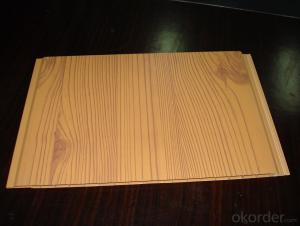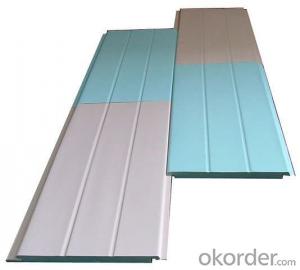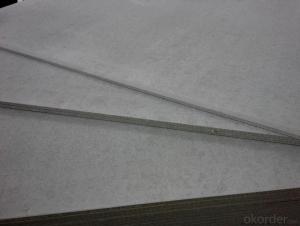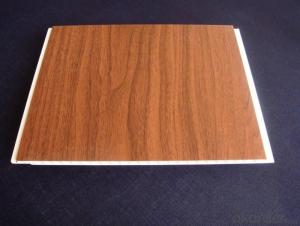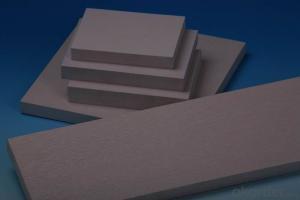Solar Panel Inverter Function
Solar Panel Inverter Function Related Searches
Shiny Or Dull Side Of Aluminum Foil For Cooking Inverter For 100w Solar Panel Solar Panel Inverter For Rv Pvc Tiles For Walls Wall Lights For Bedrooms Inverter Ac With Solar Panel Solar Panel With Inverter Kit Solar Panel Kits With Inverter Solar Panel With Inverter Direct Roving For PultrusionHot Searches
Used Sandwich Panel For Sale Pvc Chairs For Sale Tilt Panel Props For Sale Lightweight Scaffolding For Sale pvc pipe manufacturers in usa Sandwich Panel Price In India China Solar Panel Inverter Solar Inverter Panel Price China Pvc Geomembrane Sandwich Panel Manufacturers In Bangladesh Pvc Roofing Sheets Price India Pvc Roofing Sheets Price pvc resin price index Solar Panel Inverter Size Solar Panel Inverter Suppliers Q Cells Solar Panel Prices Tesla Solar Panel Inverter Honeycomb Sandwich Panel Suppliers Type Of Inverter For Solar Price Of Shipping Containers For SaleSolar Panel Inverter Function Supplier & Manufacturer from China
Okorder.com is a professional Solar Panel Inverter Function supplier & manufacturer, offers integrated one-stop services including real-time quoting and online cargo tracking. We are funded by CNBM Group, a Fortune 500 enterprise and the largest Solar Panel Inverter Function firm in China.Hot Products
FAQ
- Yes, there are government regulations and certifications for solar inverters. In many countries, solar inverters need to comply with specific standards and regulations to ensure their safety, performance, and grid compatibility. Additionally, there are various certifications, such as UL, CE, and IEC, that solar inverters can obtain to demonstrate their compliance with the required standards. These regulations and certifications aim to promote the widespread adoption of reliable and efficient solar inverters in the renewable energy industry.
- Yes, a solar inverter can be used with a backup power supply (UPS). The UPS can provide power during periods of low solar generation or in case of a grid outage, ensuring a continuous power supply.
- The size of a solar inverter directly affects its performance. A larger inverter can handle more power and can convert a greater amount of DC electricity from solar panels into usable AC electricity for consumption. This allows for higher energy yields and improved efficiency. On the other hand, a smaller inverter may not be able to handle the full capacity of a solar panel system, resulting in power limitations and potential energy losses. Therefore, selecting the appropriate size of a solar inverter is crucial for optimizing system performance.
- Yes, a solar inverter can be used in areas with high humidity and salt air exposure. However, it is important to choose a solar inverter that is specifically designed for such conditions, as these factors can potentially impact the performance and lifespan of the inverter. It is advisable to consult with a professional to ensure the selection of a suitable solar inverter for areas with high humidity and salt air exposure.
- A solar inverter handles fluctuations in solar panel output by continuously monitoring the voltage and current levels of the panels. It adjusts the power conversion process to match the varying output and optimize the energy conversion. This allows it to maintain a stable and consistent output, even when the solar panel's output fluctuates due to factors like shading, cloud cover, or changes in sunlight intensity.
- Yes, solar inverters are compatible with battery storage systems. In fact, solar inverters play a crucial role in integrating battery storage with solar power systems. Solar inverters convert the direct current (DC) electricity generated by the solar panels into alternating current (AC) electricity that can be used to power our homes and businesses. Battery storage systems, on the other hand, store excess solar energy for later use, allowing us to use solar power even when the sun is not shining. When combined with solar inverters, battery storage systems can be charged using the excess energy generated by the solar panels during the day, and then discharge that stored energy during the night or during periods of high energy demand. To facilitate compatibility, solar inverters used in battery storage systems are equipped with additional features and functionalities. For example, they may have built-in charge controllers that regulate the charging and discharging of the batteries, ensuring their optimal performance and longevity. Additionally, advanced inverters may also include smart grid capabilities, allowing them to communicate with the utility grid and optimize energy flows based on grid conditions and electricity prices. Overall, solar inverters are essential components in ensuring the seamless integration of battery storage systems with solar power, enabling us to maximize the benefits of clean and sustainable energy.
- A solar inverter converts DC power to AC power by utilizing a two-step process. First, it converts the DC power generated by the solar panels into a high-frequency AC current. Then, it uses a transformer to increase the voltage and shape the AC waveform to match the grid's requirements. This process allows the solar energy to be fed into the electrical grid or used directly in homes and businesses.
- To monitor the performance of a solar inverter, you can follow these steps: 1. Install monitoring software: Most solar inverters come with monitoring software that allows you to track their performance. Install this software on your computer or use the manufacturer's online platform. 2. Connect to the inverter: Connect your computer or smartphone to the solar inverter using the provided communication interface, such as Wi-Fi, Ethernet, or RS485. This connection enables you to receive real-time data from the inverter. 3. Monitor energy production: Once connected, you can monitor the energy production of your solar inverter. The software will display crucial data like energy output, daily energy generation, and historical performance. This information helps you track the efficiency of your solar system. 4. Analyze system performance: Use the monitoring software to analyze the performance of your solar inverter. Identify any abnormalities or issues that may affect its efficiency. Make note of any error codes or alerts reported by the software and address them promptly. 5. Set up alerts and notifications: Configure the monitoring software to send you alerts and notifications. These can inform you about any significant changes in performance, such as a sudden drop in energy production or a fault in the system. It allows you to take prompt action and ensure optimal performance. 6. Regularly review data: Periodically review the data collected by the monitoring software. Compare current performance with historical data to identify any long-term trends or changes. This analysis can help you optimize your solar system's performance and detect any potential maintenance requirements. By following these steps, you can effectively monitor the performance of your solar inverter and ensure its efficient operation.
